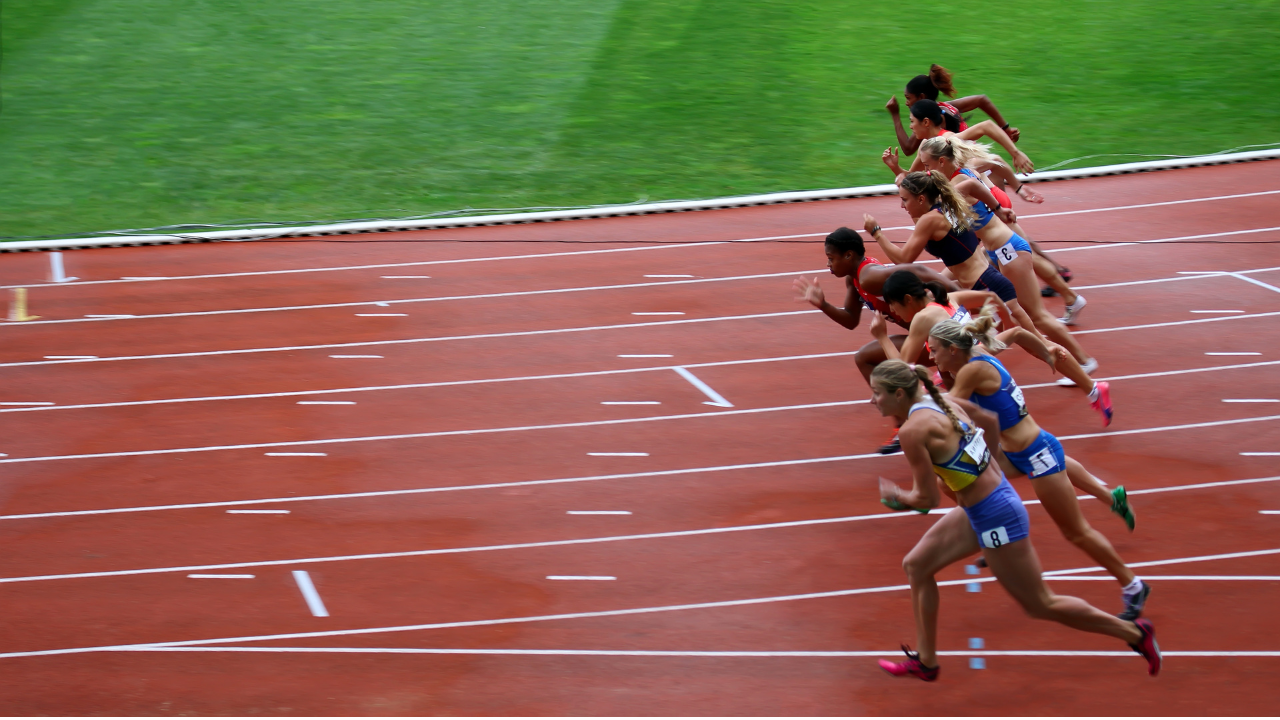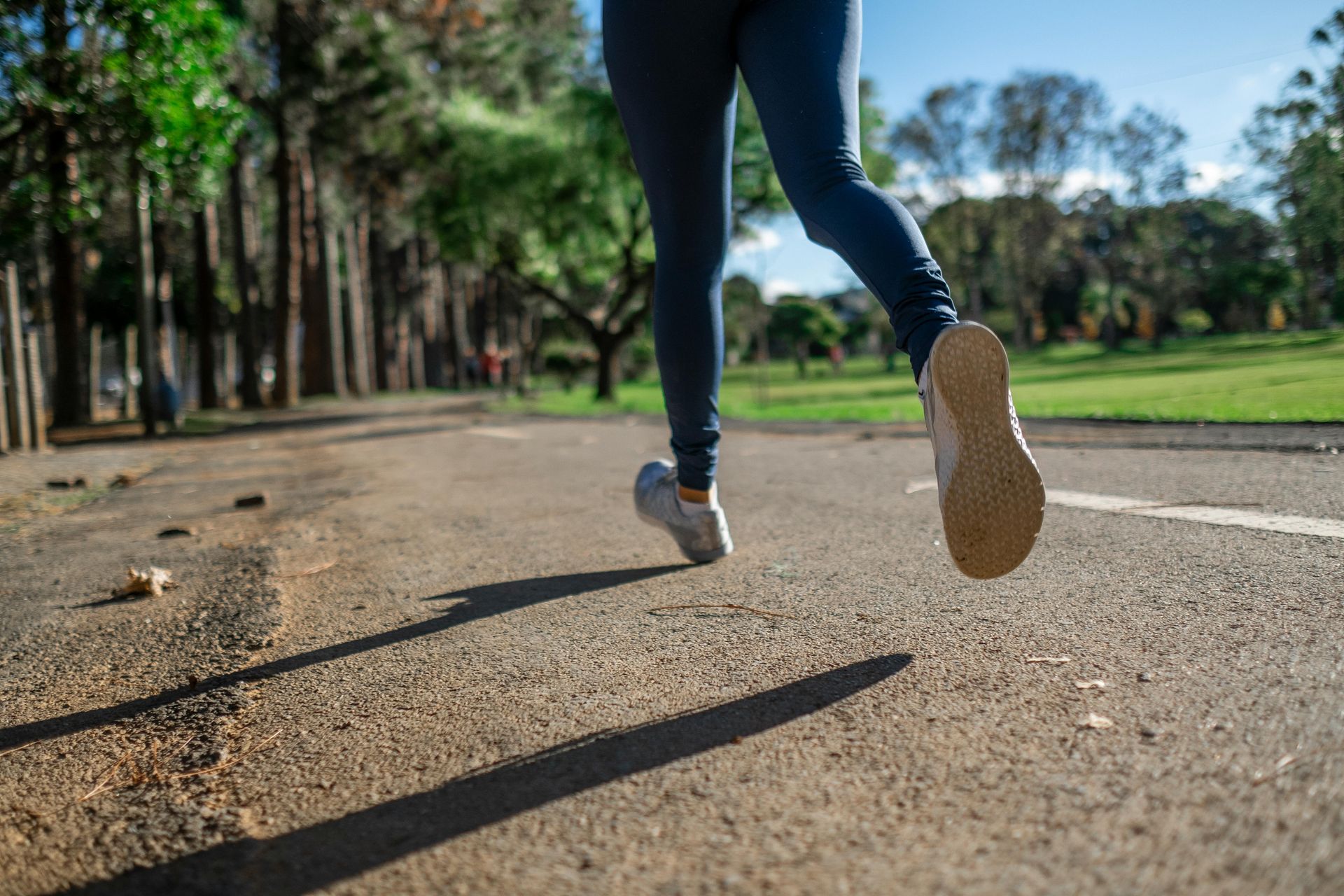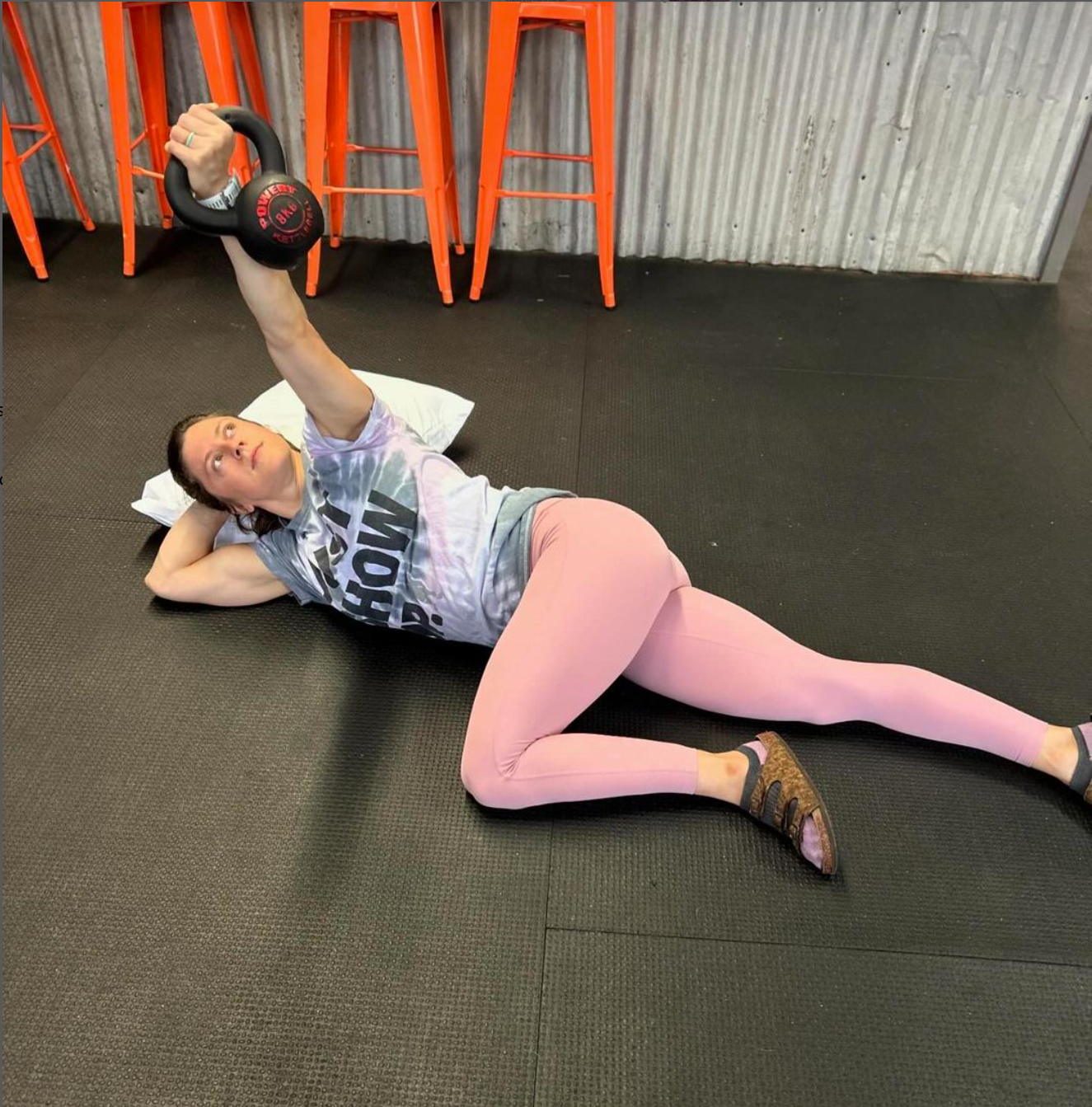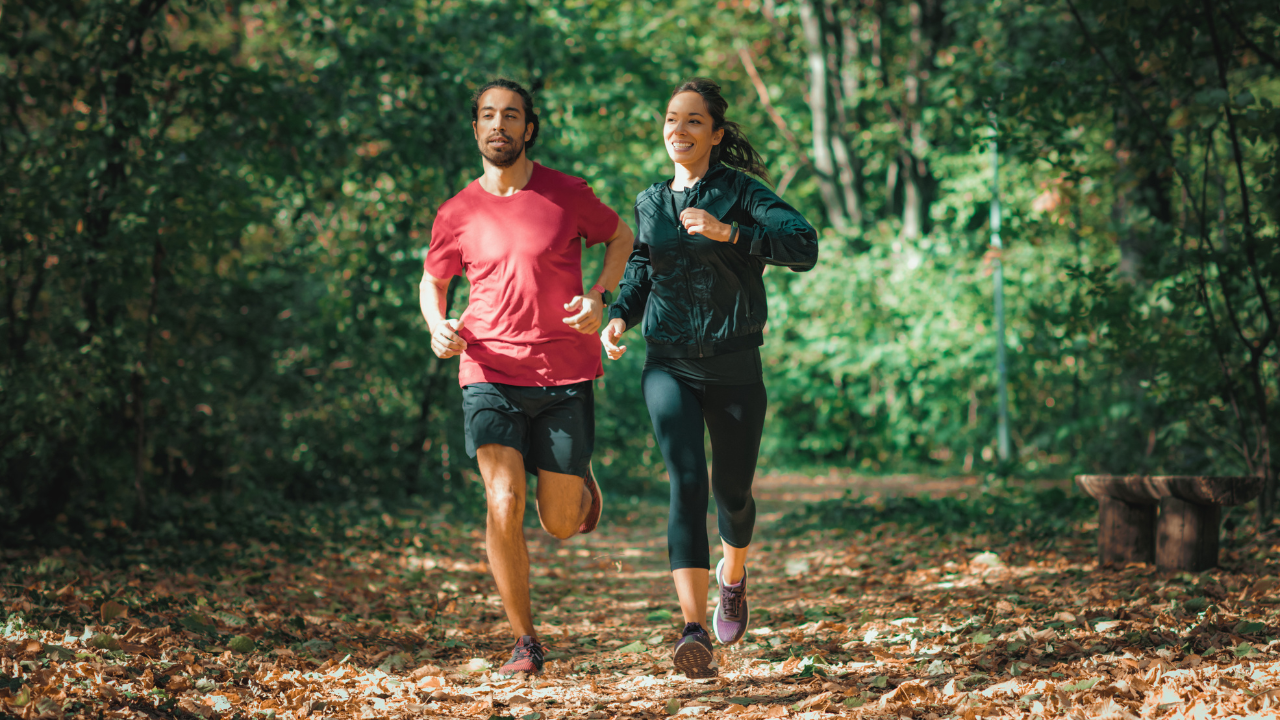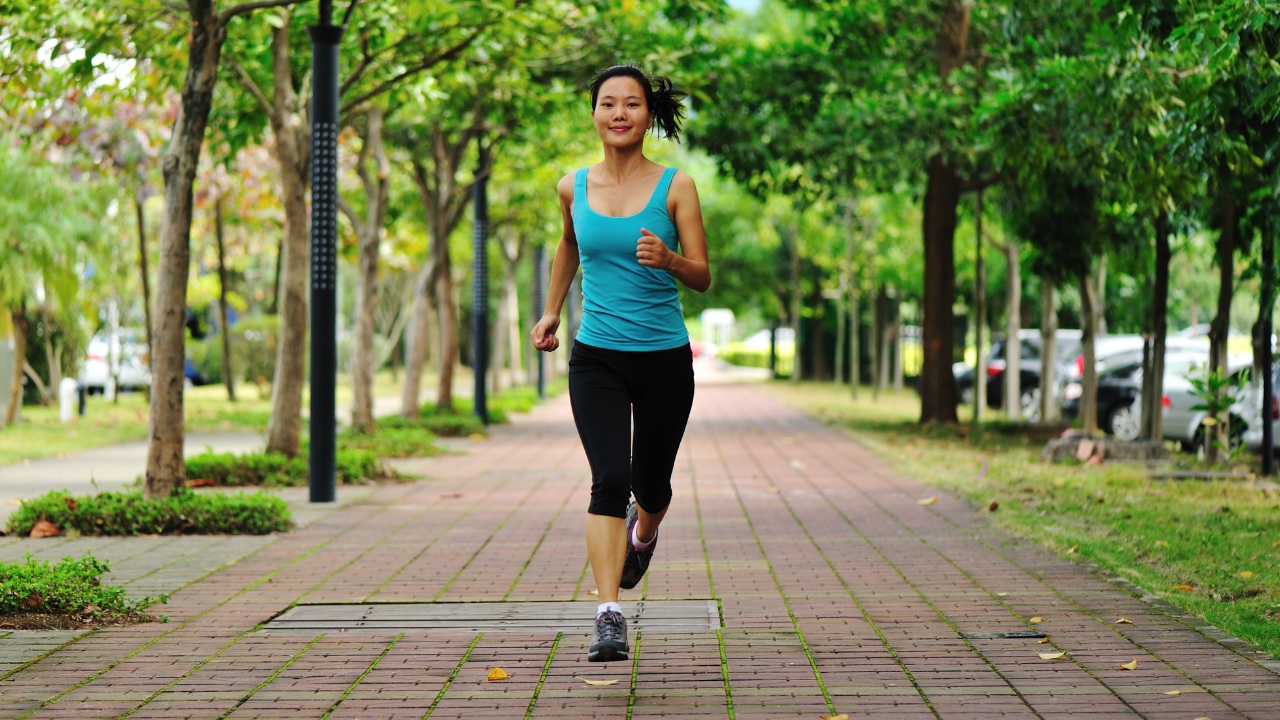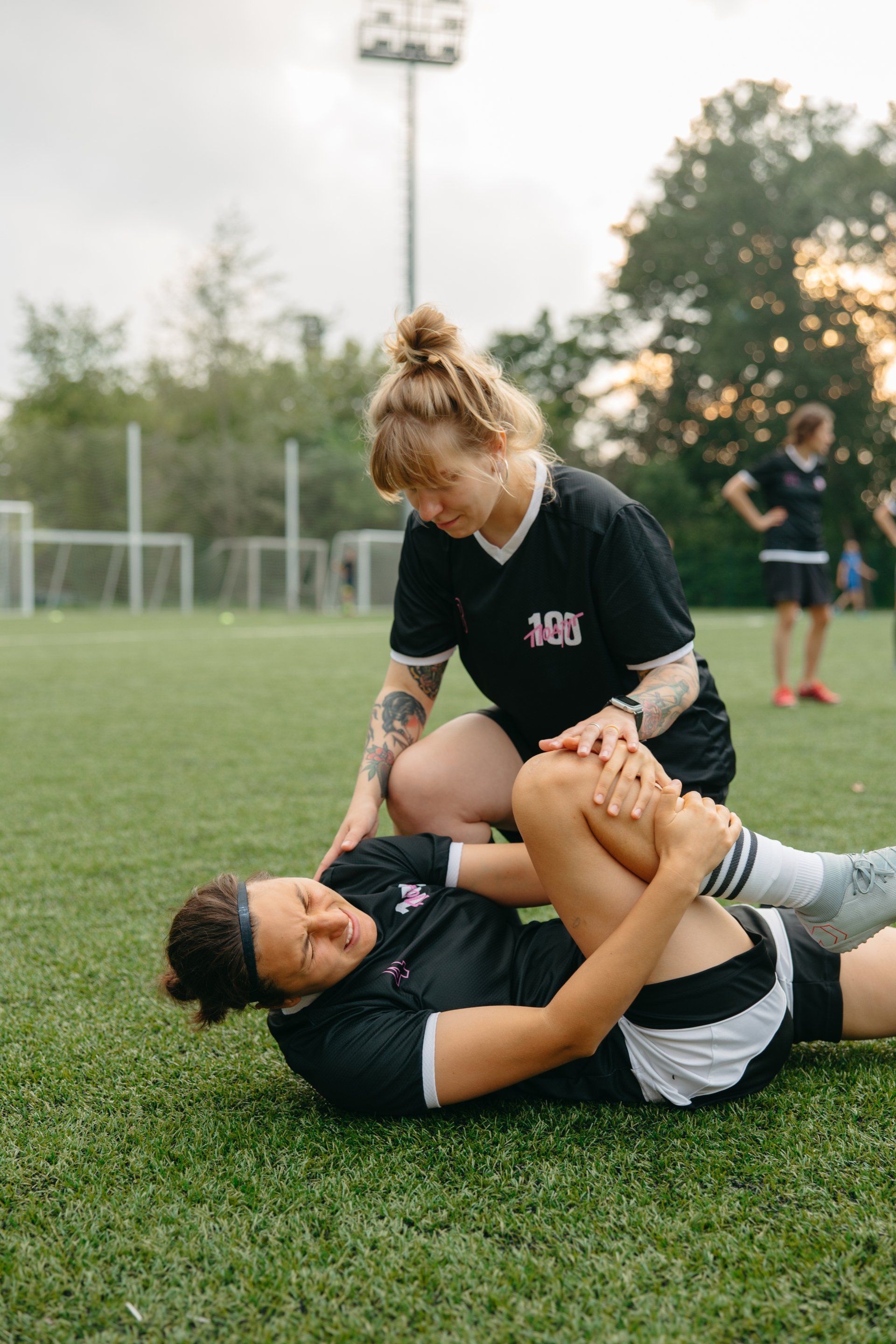How Much Does Strength Matter?
When first stepping into any healthcare office for an assessment, professionals love to tell others every small detail which may be hindering their success, or obscure actions the patient has taken that has resulted into entering the clinic that day. Within the practice of physical therapy, typical phrases are thrown around such as, “your hamstrings are weak”, “you need to strengthen your core” or “your glutes aren’t firing”.
Barf.
If it is essentially just strengthening, wouldn’t that be easy? Just focus on getting stronger? So if I continue to progressively overload the bar week after week, non-contact injuries won’t happen me anymore? If that was the case, we would never see high-level athletes and professionals who are training multiple times a week ever have to take time out of their season to recover.
There are current recommendations out there regarding strength milestones to achieve in order to be considered “normal” and “strong” when compared against peers of same gender and weight classifications. These norms have also been used as milestones when returning to sport. Using the squat for an example, recommendations are to be able to perform a 1RM of 1.5xBW for males and 1.2xBW for females. A few questions come to mind when considering this standardization.
What if the patient has never squatted before? That is going to be tough to achieve, especially if teaching appropriate mechanics are necessary. Another thought that comes to mind is specificity. How specific is a 1RM squat to field and court athletes, or even track athletes seeking to return to running? Are these athletes lifting more than 1.5x their bodyweight for 1 repetition off of them in a game? Probably not, unless you are football linemen, and that is going to occur roughly 50-70 times per game. In any other field, court or track sport, this is extremely unlikely.
Now don’t get me wrong, I do believe strength plays a MASSIVE role within recovery, performance and injury resilience. However, I do believe there are many more qualities an athlete must display when returning to sport. These include appropriate technical mechanics, direction change, rate of force development, velocity/running speed, elasticity, relative flexibility/stiffness, aerobic/anaerobic capacity, just to give a few examples. More on this at a later date 😁.
For now, let’s look at a few instances where strength doesn’t matter.
Here is a sprint challenge between a body builder and a football player. Unfortunately for the bodybuilder, he suffered a bilateral hamstring injury during this challenge. This guy is more jacked than most people I’ve crossed paths with. Am I going to hang my hat on, “his hamstrings aren’t strong enough”?
So what factors may have lead to this athlete suffering bilateral hamstring injury? With never working with this athlete before and only seeing what happened through the video, I can guess a few reasons why this may have happened.
- Exposure to untrained stress at high velocity
- Faulty running mechanics
- Potential for poor length tension relationship of hamstrings/quads
More likely than not, he probably has not trained sprinting in months to years time. On top of no sprinting practice or progression within his own training, he is placing himself in a highly competitive environment. This environment includes another individual he is facing in a 1v1 challenge, a crowd hyping up both athletes and cameras on him to showcase the challenge. This environment in only going to drive even higher torques and velocities across joints in which he has not exposed himself to. With a combination of extreme competition and exposure to maximum effort sprinting, it’s not shocking to see a soft tissue injury.
This is often seen more regularly in pre-season within the adolescent population. Many kids go the entire summer and winter with minimal to no training prior to beginning their sport. Once sports begin, they typically lead off with tryouts or practices which include high volumes of conditioning. Within this first 1-3 week time period, it’s been “popular” to drive running volumes through the roof to assess athletes individually, as a team, or to “get ready for the season”. Doctors office and physical therapy clinics are booming when fall and spring sports begin due to athletes deciding to take the winter or summer off.
Strength is important. It will be the backbone to any rehabilitation or training program which will help drive other athletic qualities. However, there is much to return to sport with confidence and the ability to display the appropriate qualities required for your position within sport.



